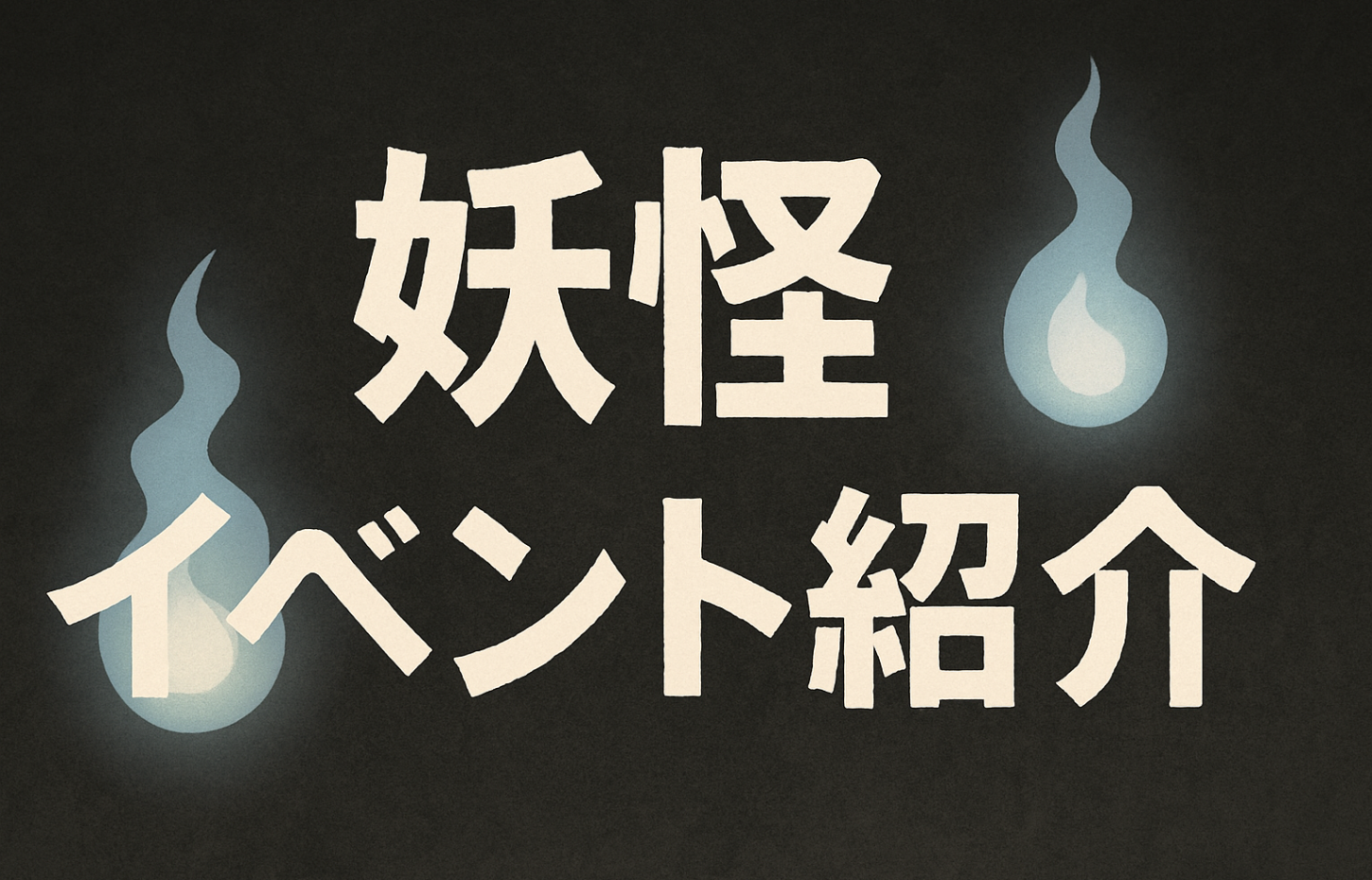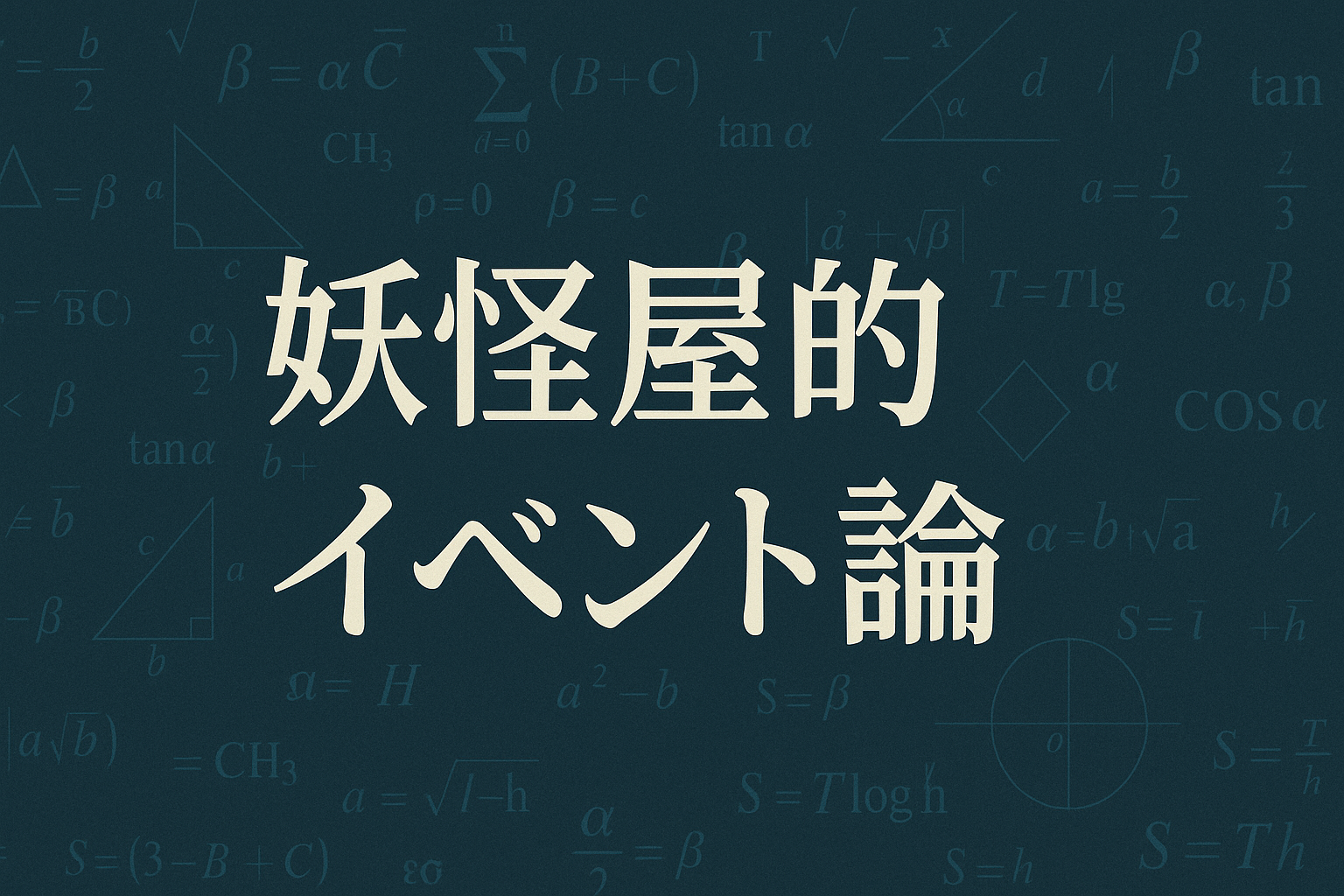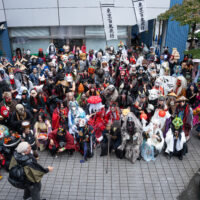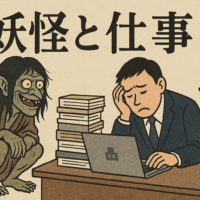
Five points that I, a yokai lover, got hooked on in the highly recommended book "Character Power"
Sorry for the late report,
Recently, we held a Yokai Character Business Seminar for small and medium-sized businesses and individuals.
That was the first time I tried this.
As a reference for the seminar
This is a work by Professor Sadashige Aoki of the Faculty of Sociology at Hosei University.
"Character Power"
I bought it and it was a huge hit with me.
It was so interesting that I finished reading it in one day.

As for me, well...
Yurukyara are like monsters
That's what I thought.
In fact, there are even mascot characters based on monsters.
Both Kumamon and Funassyi look a bit like monsters, don't they?
First of all, I wondered why yurukyara characters are so popular.
I was wondering, what is the meaning of this "character power"?
The answer to that question, along with historical evidence, is
It was well written, so I continued reading.
This is it!!!So, the answer to the question is
I got hooked on it over and over again.
This is a book I would definitely recommend even to people who aren't fans of yokai.
I'm sure you won't understand just from this,
From my perspective as a yokai lover, here are some points that I found interesting
I'll explain each in detail in five parts.
1. About the origin of the character
Chapter 3: "Three Natures and the Formation of Character"
This is the most important point for me,
Professor Aoki said at that time,
The origin of the character is that we can tame, understand and control the complexities of nature.
A god who created nature by personifying it in order to view it as an object.
This can also be said to be the origin of yokai.
In Japan, there is not just one god like in monotheistic religions, but eight million gods.
Every object and thing exists in such a specialized way that it seems as if a god resides in each and every one of them.
Yokai are born from some of these events (natural phenomena) and objects.
It overlaps greatly with the origin of God.anthropomorphismThe cultural act of
This has led to the proliferation of mascot characters in modern times.
Now I feel like I understand why mascot characters are so popular.
2. From faith to entertainment
We have learned the origin above, but in the following section we will explain how they changed from gods to monsters.
It was written how things had changed, so I paid attention to that.
During the Edo period, everything became a commodity and entertainment, but
It was during this period that many of these ideas came to fruition. Professor Aoki said,
As yokai have become entertainment value in keeping with the times (making them not just scary but also funny),
He comments that this may be a sign of a decline in faith and the progression of secularization.
The modern-day "Yokai Watch" is a particularly clear example.
In the case of Yokai Watch, far from being scary, it is designed to be acceptable even to children.
It completely eliminates any scary elements and instead incorporates entertainment elements.
From the Edo period to the present day, as commerce has developed, Gegege no Kitaro
The appearance of the Yokai Watch, secularization
It can be said that things have continued to change and progress.
3. Yokai and branding
There was a point where I noticed that character and branding are very closely related.
For example, if we talk about local mascots,Local brandingHowever,
In Japan, where the culture is based on the belief that eight million gods reside in objects,
Branding is the process of breathing life into a product and giving it a personality.
In terms of the Yokai theme, branding is something that is done intentionally.
Tsukumogami (a monster that acquires a personality over time)It is an act of creation.
The thing about faceless products is that they need to create a face and personality to connect with people.
This may be a bit more of a business perspective, but
The existence of yokai seems to have an important meaning in business.
This is where we connected. It all made a lot of sense to me.
4. Self-branding
I mentioned the company's products above, but what I thought was particularly important was
It's about self-branding. Professor Aoki says that in this passage, the monsters
Although he didn't mention it specifically, Professor Aoki interacts with university students on a daily basis.
I can’t see myself objectivelyApparently, he sometimes thinks this way.
In marriage, employment, and work,Define yourself and communicate your value That
If it's not possible, it's as good as not existing.
I'm an entrepreneur, so I don't think this is an exaggeration.
That's what I think.
This may be a bit of a leap, but it gave me an idea.
It's about clarifying and communicating who you are, in other words, creating a character.
Furthermore, in the above flow, that means that
It was like creating a monster, I thought.
As Professor Aoki also mentions in his book, Japanese people have historical backgrounds.
This is also coupled with the statement that it is a negative thought.
Yes, how to brand yourself
All you have to do is create a yokai based on yourself!
That's how I associated it. It's a bit of a stretch, even for me.
This section is for holding a Yokai Character Business Seminar.
This was the biggest realization I had. If I made my own yokai,
You can objectively see the parts of yourself that you don't like, and by turning them around,
I knew I would find some good in it too.
This is what I createdNegative Approach(Sigh).
I want it to become popular.
※I’m being smug about it, but when I looked it up, I found out that it’s a negative approach.
It was a term already used in the advertising industry. What shall we do?A monster approach?.
I would like to hold several character business seminars to demonstrate this.
*The following are some of the monsters that were born from a negative approach!





5. Towards the Olympics
Professor Aoki also mentioned the Olympics.
I hope Cool Japan characters will play an active role in the Olympics.
She said she wanted it to become a symbol of "peace" and "cuteness."
Japanese characters and anime have a huge number of fans all over the world.
As Professor Aoki says, Japan is a mecca for subculture.
I believe we need to make this our strength.
Some people say it would be embarrassing if Hatsune Miku were to dance at the Olympics.
You can see it here and there, but isn't that something to be proud of?
It is a fine culture backed by history that can compete on the world stage.
I was also behind the second Yokai boom leading up to the Olympics.
The more I dig, the deeper I find the deeper I want to be a key figure in supporting the Yokai culture.
I really believe that.
Thank you Professor Aoki for your wonderful book.








No comments yet.